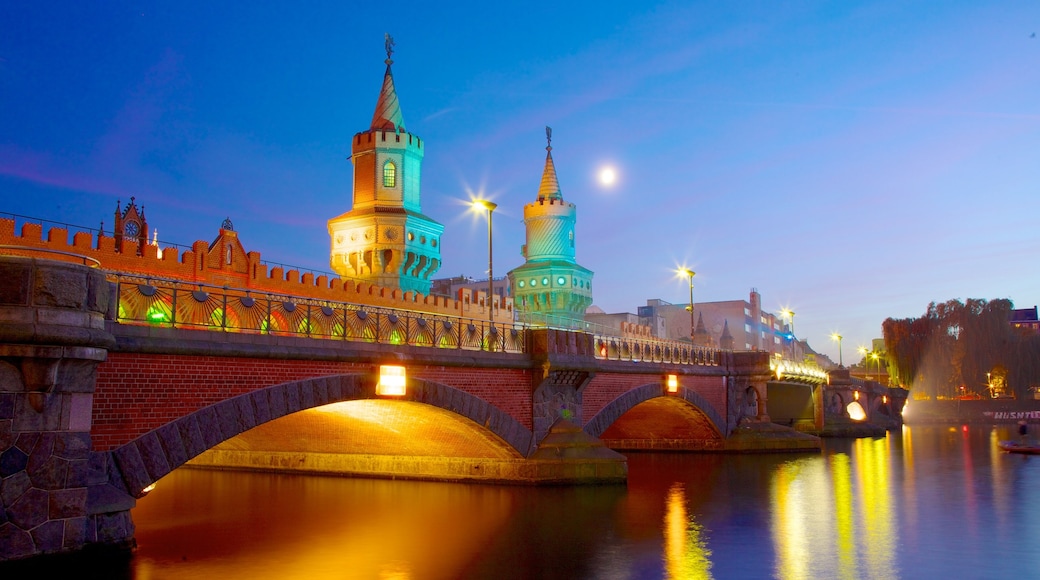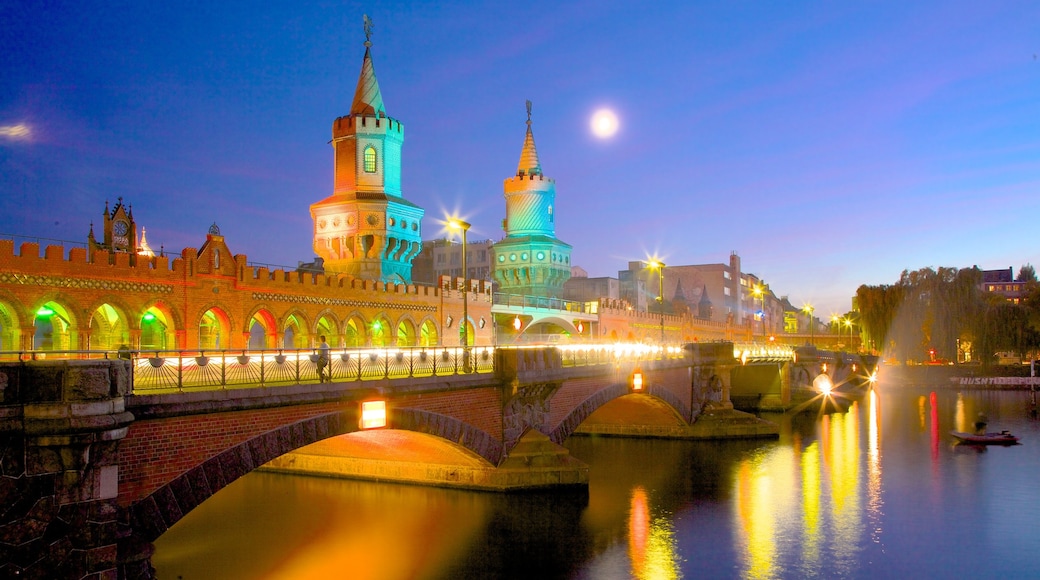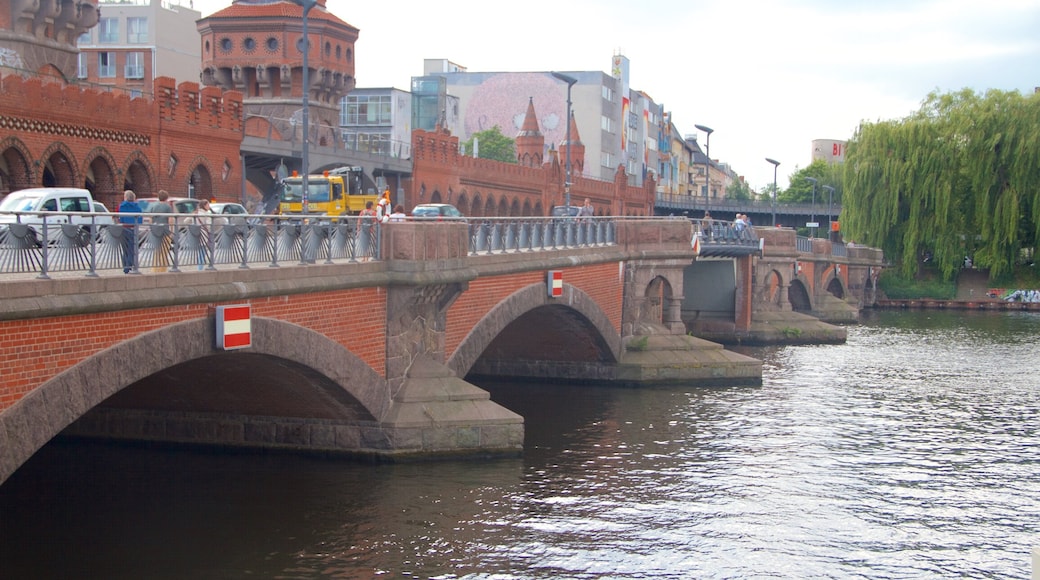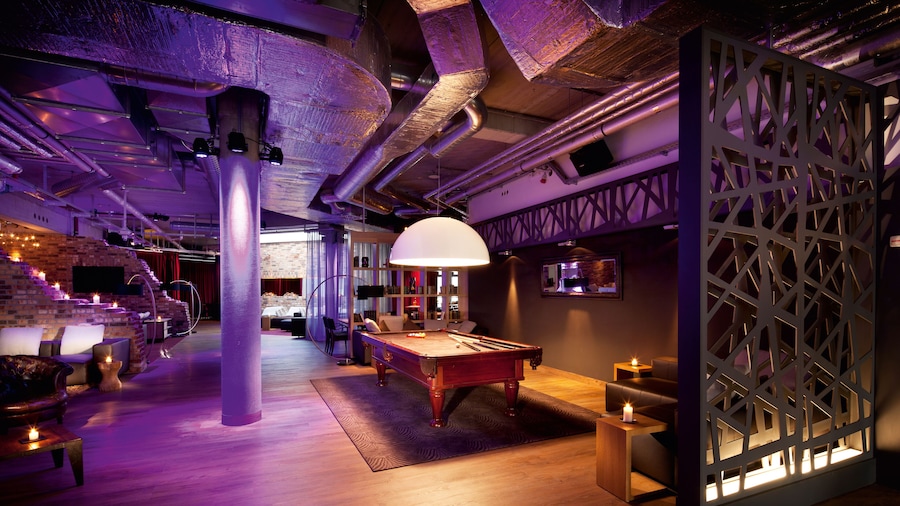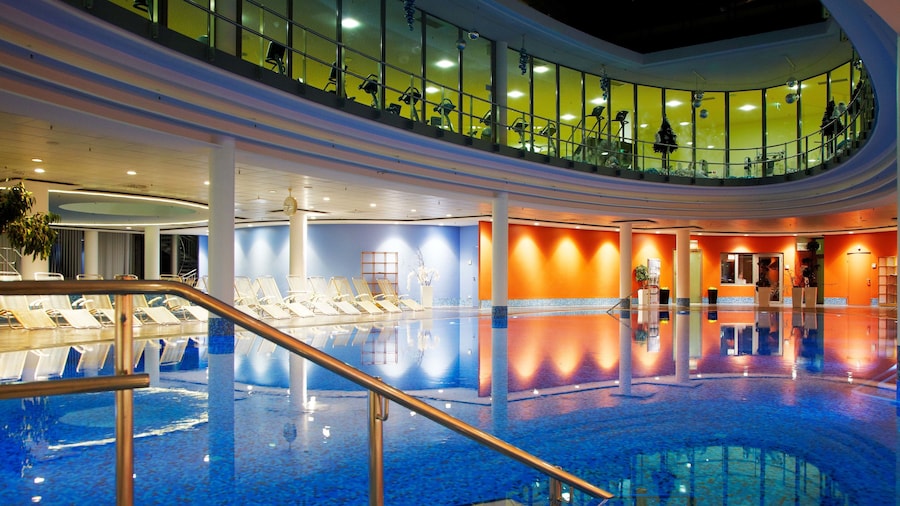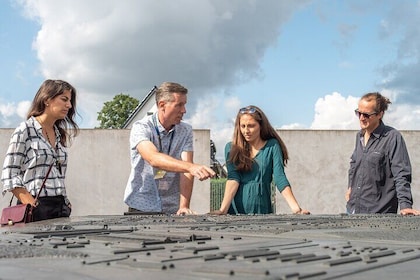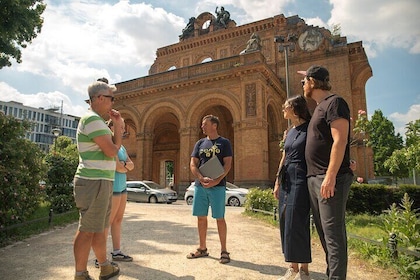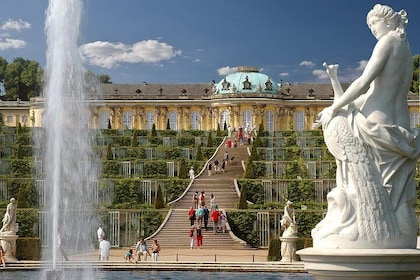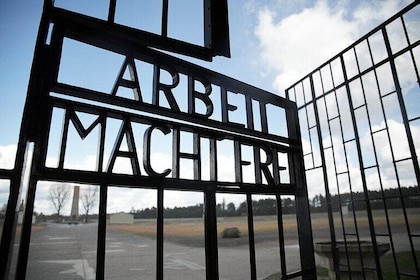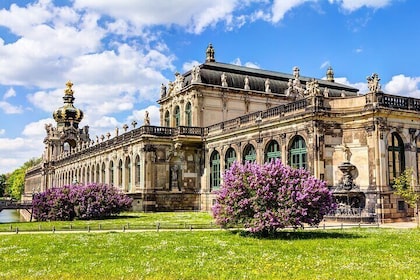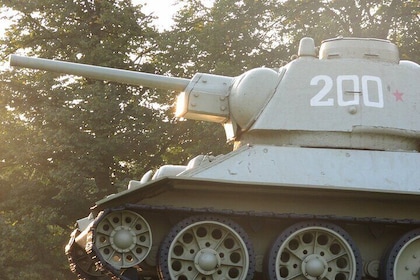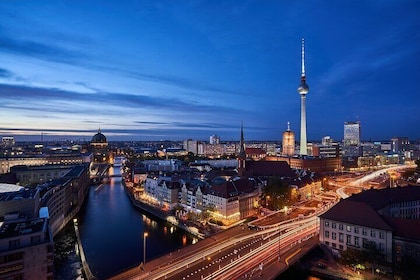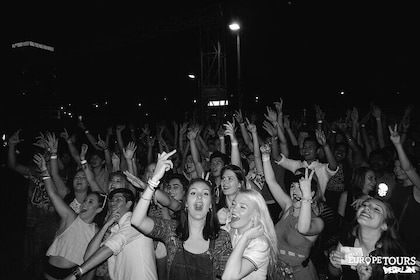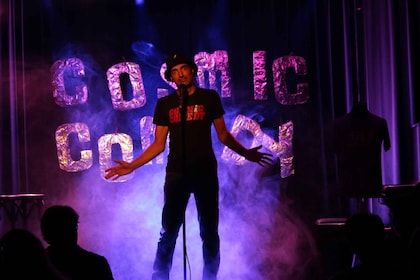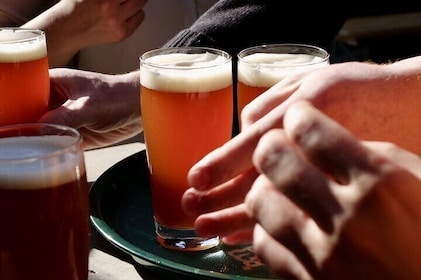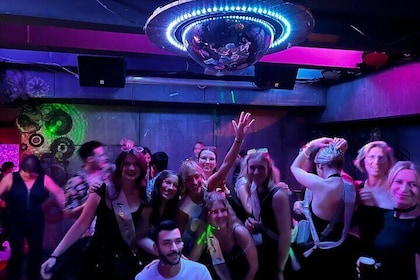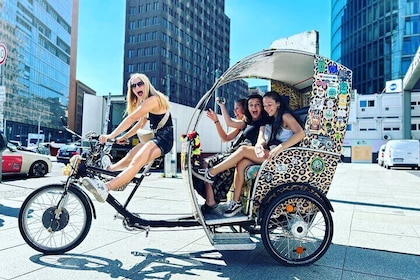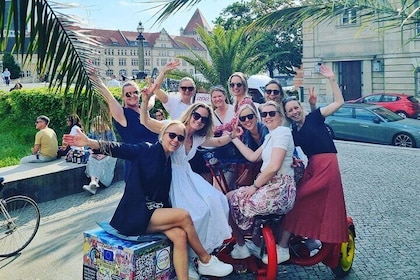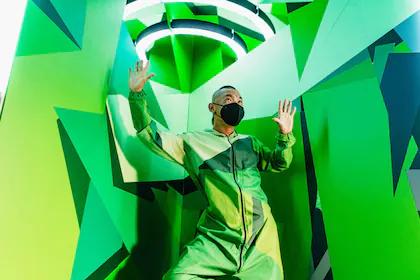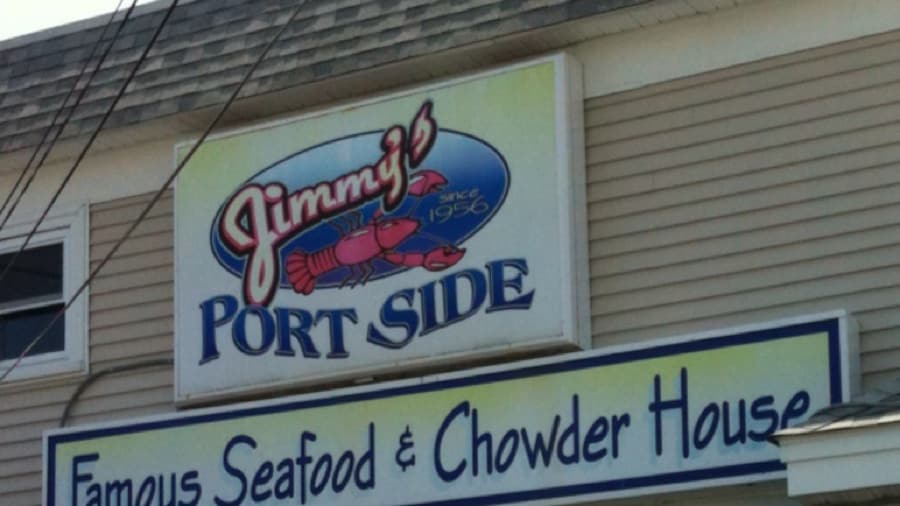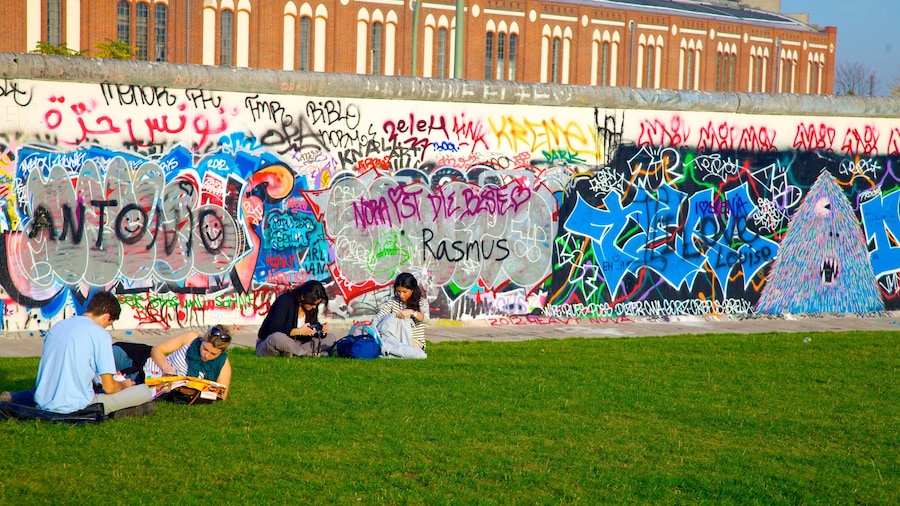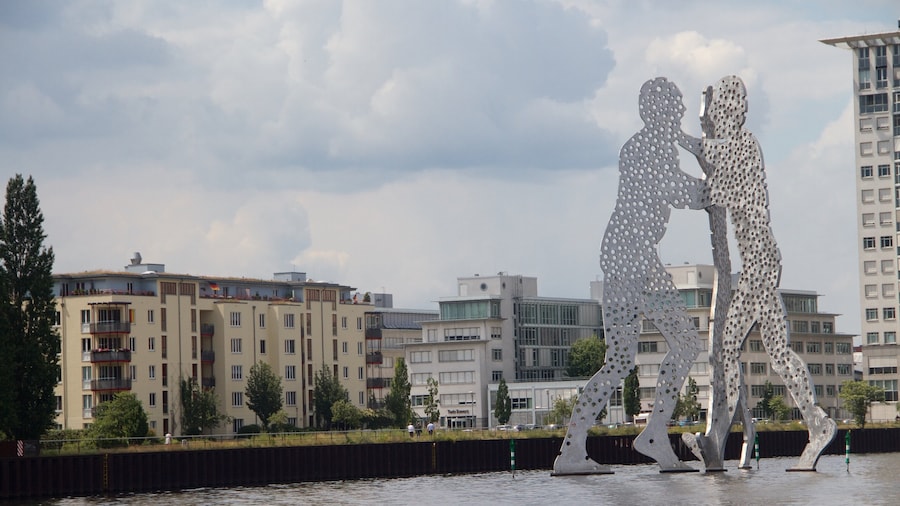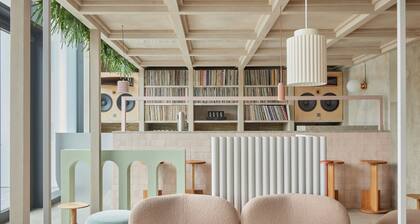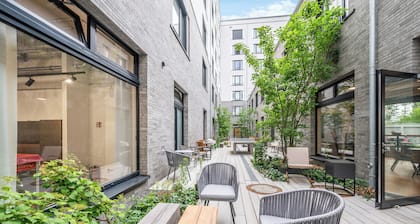Cross the Spree River using the Oberbaum Bridge (Oberbaumbrücke) to experience a piece of Berlin’s history. The first version of the Oberbaumbrücke was a wooden drawbridge built in the 1700s as a gate to the city. The name “Oberbaumbrücke” means literally “Upper Tree Bridge,” referring to the solid wooden tree trunks that were used as boom gates to blockade the river at night. The double-decker Oberbaumbrücke you see today was opened in 1896. Check out the two distinctive Gothic-style towers, added as a reference to the bridge’s former use as a gateway.
The Oberbaumbrücke offers scenic views across the city and the Spree River. Look northwest to see the historic Berlin Wall and the East Side Gallery murals that now adorn it. Spot the iconic TV Tower (Fernsehturm) rising up from Alexanderplatz. Look southeast to the 98.4-foot (30-meter) steel sculpture Molecule Men in the Spree. American sculptor Jonathan Borofsky created the sculpture to represent the meeting point of the three districts: Treptow, Kreuzberg and Friedrichshain.
The bridge was used as a connection between East and West Berlin from 1961 until 1989. West Berlin residents were able to use the walkway as a pedestrian border crossing. After the fall of the wall, the roads and train lines were reopened and a neon installation by Thorsten Goldberg was installed. Spot the neon lights along the bridge’s tower that depict an ongoing game of Stone, Paper, Scissors.
Oberbaumbrücke is located in the heart of the Kreuzberg-Friedrichshain borough. Reach the bridge by subway, train and bus. It is open daily and can be crossed for free. The bridge is near to Kreuzberg’s lively café district and Friedrichshain’s exciting nightlife area. Walk over the bridge in the evening to enjoy concerts played by street performers.
